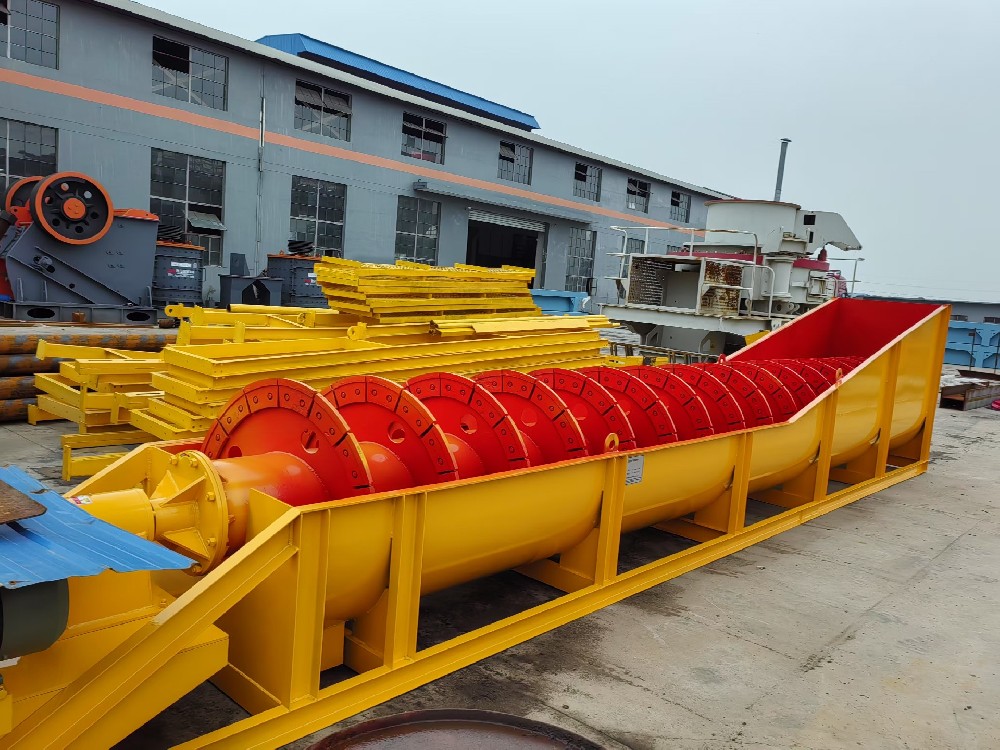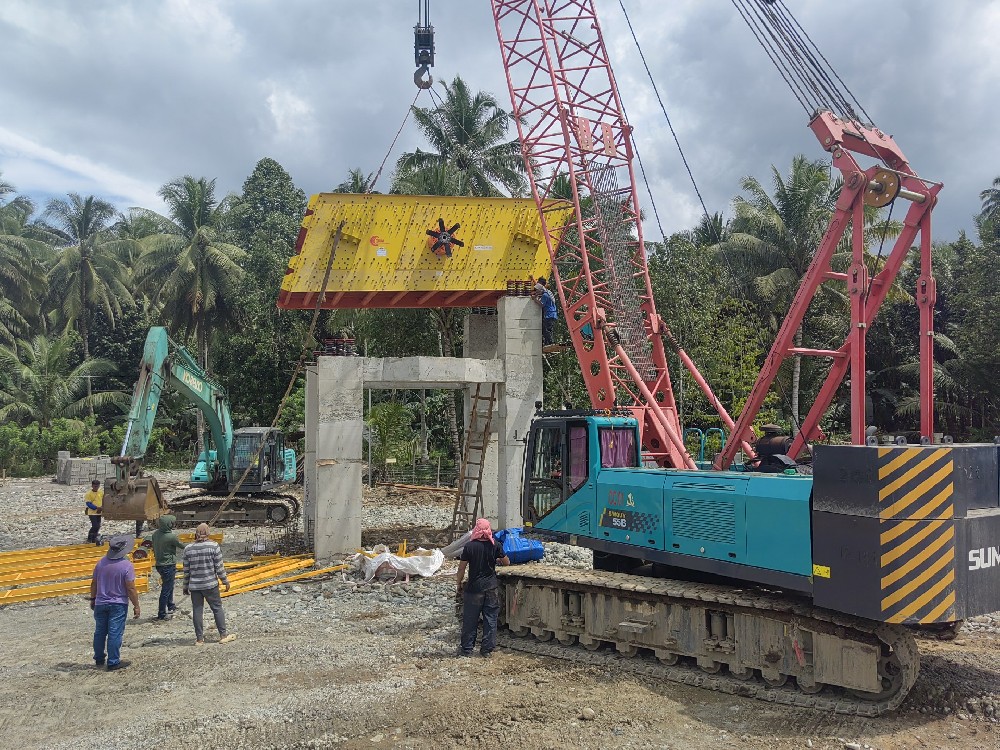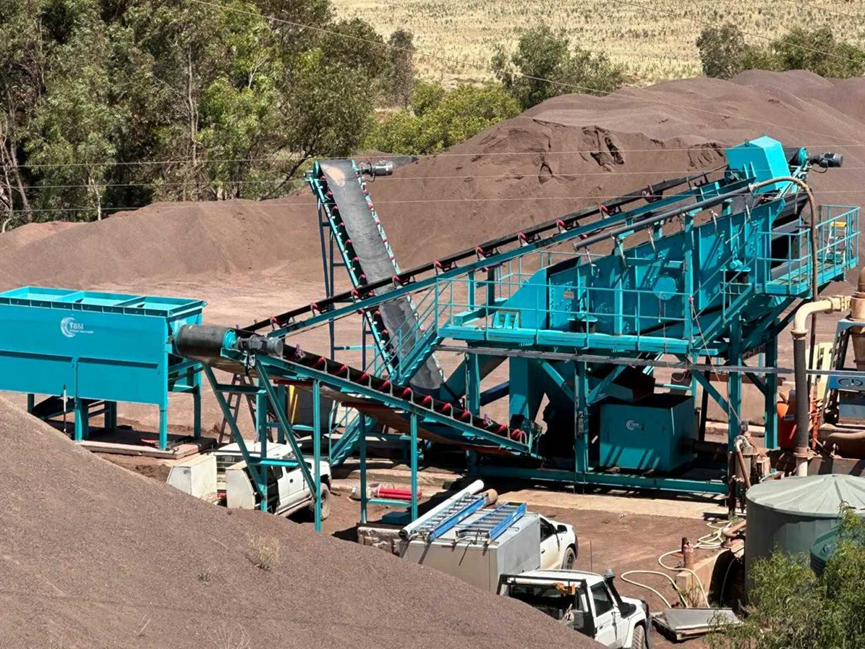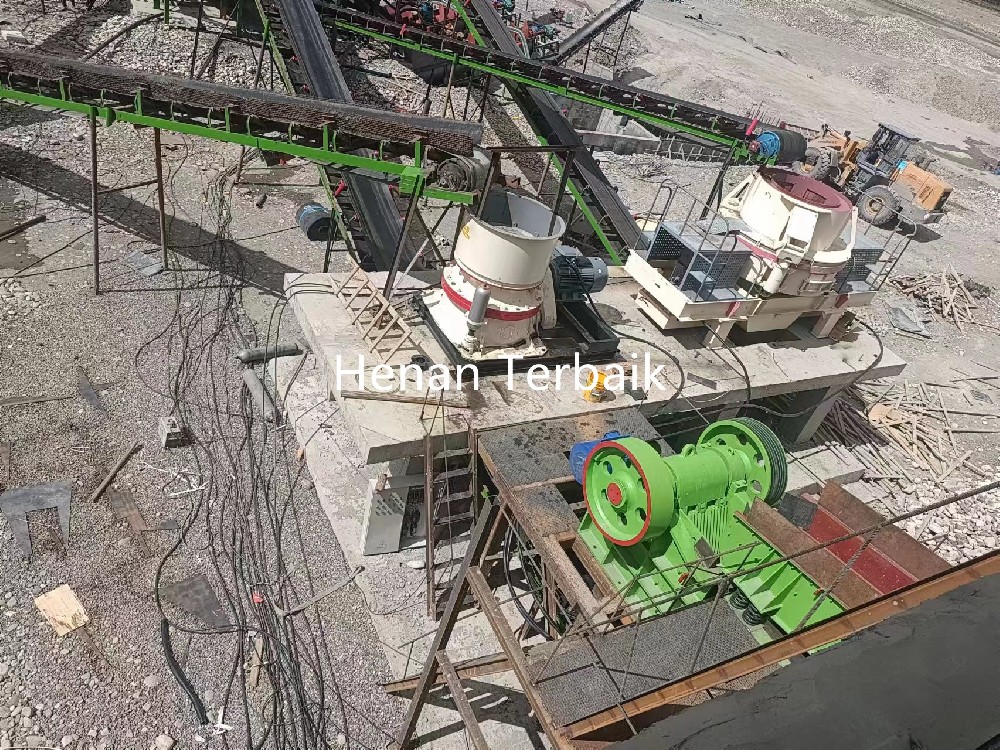.jpg)
The Coal Slime Dryer is an advanced drying machine designed to efficiently handle coal slime and other materials in industries like coal, construction, mineral processing, and chemicals. This energy-saving rotary dryer ensures high thermal efficiency, large processing volumes, and reduced drying costs, making it ideal for various drying applications.
The Coal Slime Dryer, also known as an energy-saving coal slime drying machine, is an innovative drying device developed from the rotary drum dryer. It is mainly composed of a heat source, dispersing device, belt feeder, feeding machine, rotating drum, belt conveyor, induced draft fan, discharging unit, and control cabinet.
Coal Industry: Suitable for drying materials such as coal slime, raw coal, flotation clean coal, and mixed clean coal.
Construction Industry: Ideal for drying materials like blast furnace slag, clay, bentonite, limestone, sand, and quartz.
Mineral Processing Industry: Effective for drying various metal concentrates, waste slag, and tailings.
Chemical Industry: Useful for drying non-heat-sensitive materials.
.jpg)
High Load Resistance: With robust overload resistance, it handles large processing volumes, minimizes fuel consumption, and reduces drying costs.
Cocurrent Drying Method: The dryer adopts a cocurrent drying method, where hot flue gases and wet materials enter from the same side. This maximizes evaporation intensity by utilizing high-temperature gases, achieving a lower exit temperature and high thermal efficiency.
Adjustable Operating Parameters: Operating parameters can be customized according to the material properties, allowing stable, uniform material curtains inside the dryer, optimizing heat and mass exchange.
Innovative Feeding and Discharging Devices: These devices prevent issues commonly found in rotary dryers, such as clogging, irregular feed, and material backflow, thus lowering the load on the dust removal system.
Enhanced Internal Structure: The design strengthens material dispersal and heat conduction, preventing material adhesion to the drum’s inner wall, making it more adaptable to materials with varying moisture levels and stickiness.
Zero Horizontal Thrust: This design significantly reduces wear on thrust rollers, ensuring stable and reliable drum operation.
Self-Aligning Roller Device: This feature ensures continuous linear contact between rollers and rings, reducing wear and energy consumption.
Customizable Particle Size and Moisture Content: The product moisture content can be reduced to below 8%, and particle size can be controlled under 8 mm when drying coal slime.
Convenient transportation, crawler walking, no damage to the road, equipped with multi-functional accessories, Drived by oil and electricity.
The whole crushing plant adopts all-wheel drive to realize rotating direction in place, with perfect protection function, especially suitable for narrow and complex site.
The crawler crushing plant could be optional for jaw crusher, impatct crusher, cone crusher, VSI crusher etc.
Due to the adhesive nature of coal slime, its drying process is divided into several zones within the dryer:
1. Material Guiding Zone: Wet coal slime enters this zone and immediately contacts high-temperature airflow, causing rapid water evaporation. With the lifting action of the large-angle lifting plate, materials avoid adhesion and are guided into the next zone.
2. Clearing Zone: Here, the material forms a curtain, but it may tend to stick to the drum walls. The device's cleaning mechanism efficiently removes adhered material from the walls, breaking any clumps and increasing the heat exchange area to enhance drying rates.
3. Inclined Lifting Plate Zone: In this zone, coal slime achieves a loose state with reduced moisture. Without adhesion issues, it undergoes further heat exchange until reaching the desired moisture content.
4. Discharging Zone: Without lifting plates in this section, materials smoothly roll toward the discharge outlet, completing the drying process.
.jpg)
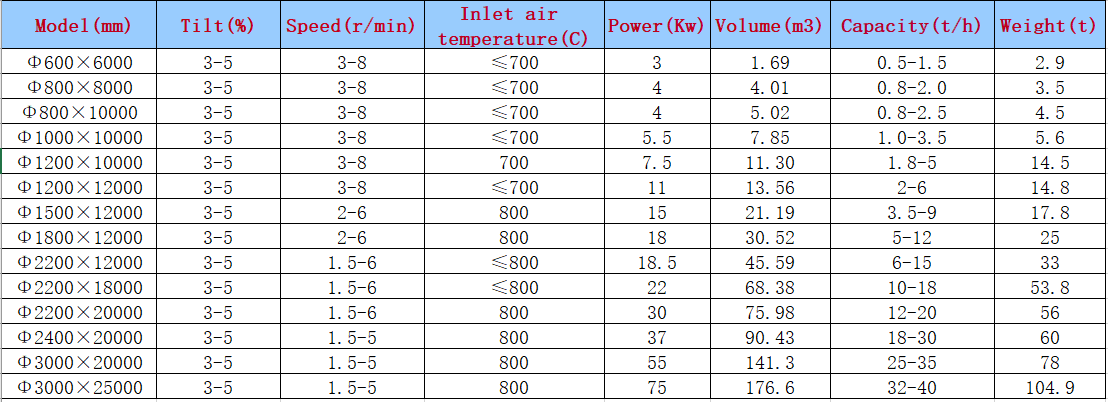
*The output will vary according to different materials, feed particle size and other factors
